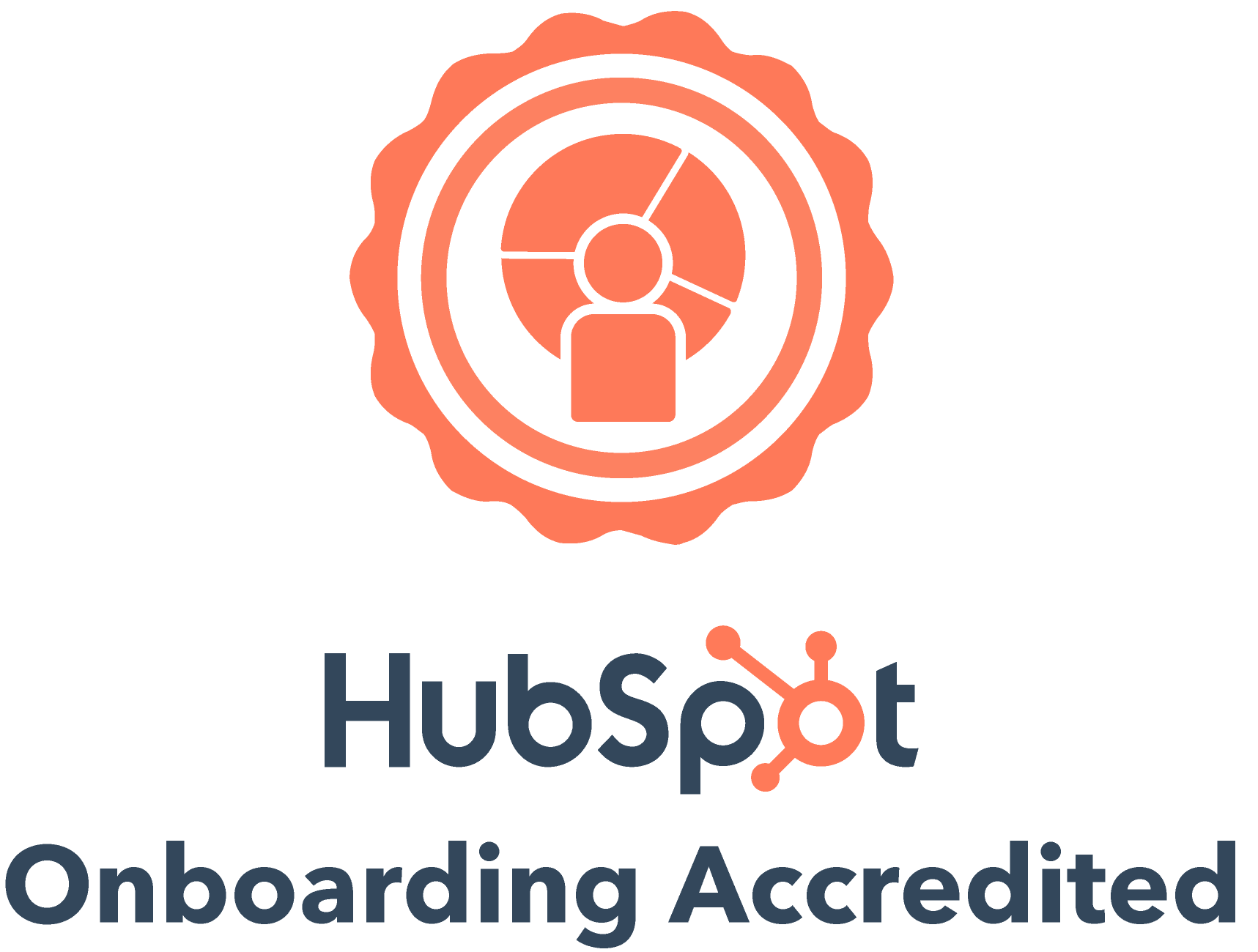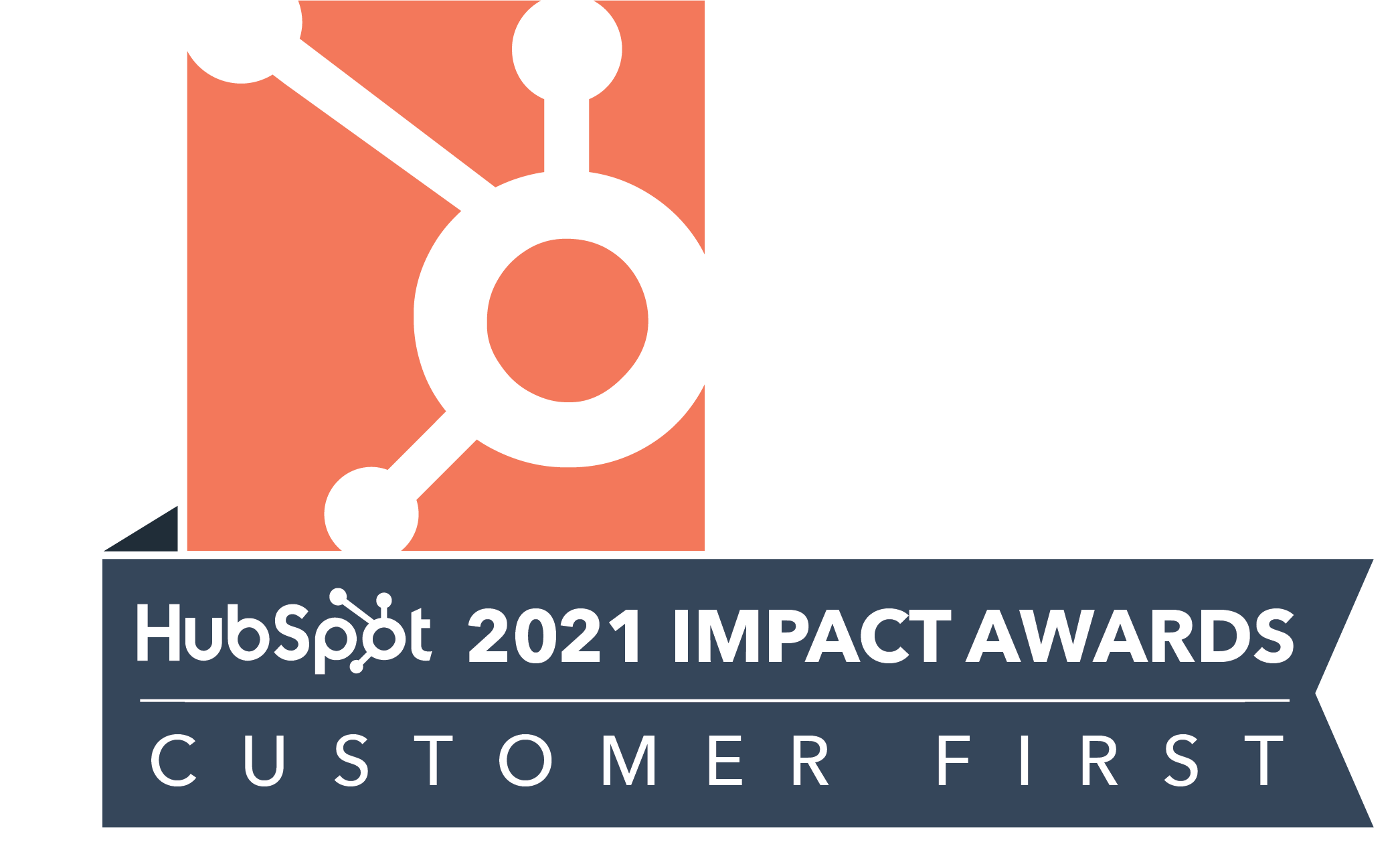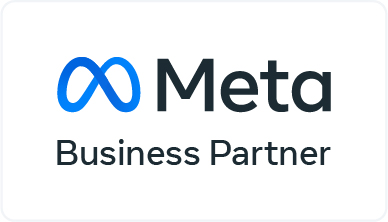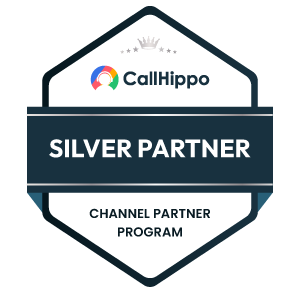As Knowizards, we appreciate all kind of wizardry, whether from a fantastical Harry Potter or a real-life wizard. After three crazily awesome days at INBOUND16, everyone was waiting for the last day. And what could be better than a session by the SEO wizard himself? Yes, we mean Rand Fishkin’s session on ‘How Marketers Can Keep Up With Google SEO Trends in 2017 & Beyond’.
If you missed this session, you missed a lot. But don’t feel bad. Because here you will find all the the juicy takeaways from the session at a glance. Are you ready?
Excitement levels before the session ran understandably high!
Fangirling over the fact that I'm about to see @randfish in the flesh!! #INBOUND16 pic.twitter.com/Sz1gPEB2Z4
— Tashpot? (@nkcartwright) November 11, 2016
Seriously fan girling! Second row for the SEO wizard himself @randfish #INBOUND16 pic.twitter.com/tgeCyVKP3e
— Hannah Garon (@htbgaron) November 11, 2016
Can you feel the excitement yourself?
We're all excited for @randfish to share his legendary SEO wisdom #packedhouse #WizardofMoz #INBOUND16 #geekingout pic.twitter.com/q25jDAoHZf
— Ashley Romano (@ashleymae317) November 11, 2016
Now without wasting any time, let’s move on to what Rand Fishkin talked about.
Changes in Google Over the Years
17 Algorithm Updates
Google gets sadistic pleasure in freaking us all out. It keeps updating its algorithm and testing our tenacity to make sure we don’t get too comfortable or lazy.
Machine Learning First
Google is remaking itself a machine learning company. It prefers to trust artificial intelligence over human ability.
More Subtle Ads
Google has continuously been working to make ads look more subtle. But Rand Fishkin asks, “How much more subtle can they get?” And we must say, we couldn’t agree more.
Adwords Range Not so Accurate
Rand Fishkin also talks about the new Adwords that shows monthly search results in a range instead of exact numbers, which makes it not so precise.
Talking About Facts and Numbers
Subtle Ads, More Paid Clicks
Google is making ads more subtle day by day to get more paid clicks.
Google trying grow paid clicks by making ads more and more subtle- but how much more subtle can you get? @randfish #inbound16 pic.twitter.com/8Kk2wKLjcY
— BL.INK (@blinksmartlinks) November 11, 2016
Long Tail Keywords Take You a Long Way
According to Rand Fishkin, 35% of the total 1 billion keywords we research are long tail keywords. So you know what to do next, don’t you?
The top billion keywords only account for 35% of searches. @randfish #INBOUND16 pic.twitter.com/0jwi0peZvm
— Courtney Gursky (@courtneygursky) November 11, 2016
Good news for #SEO: Top billion keywords only make up 35% of all searches. Here's to the long tail! @randfish #INBOUND16
— Amelia Willson (@amelioratethis) November 11, 2016
The average searcher runs three searches a day on a laptop or desktop.
"Average searcher is doing 3 searches a day on desktop" – @randfish #INBOUND16
— Dominic Daly (@SirDalyEsports) November 11, 2016
About 1.19% of Google US searches result in ad clicks.
1.19% of Google us searches result in ad click via @randfish #INBOUND16 #PPC #GoogleAds #digitalmarketing pic.twitter.com/uj2Dl4sh4l
— Irit Gillath (@IritGillath) November 11, 2016
And 51% of all the clicks that happen go to organic search.
51% of all the clicks that happen on https://t.co/7QBAkMqQ2v US search results go to organic, non-Google results @randfish #INBOUND16
— Brian Clevesy (@Brian_Clev) November 11, 2016
However, 49% of clicks go to Google’s properties.
On the flip side, 49% of clicks go to Google properties of on kind or another (Maps, YouTube, etc.) @randfish #INBOUND16
— Brian Clevesy (@Brian_Clev) November 11, 2016
And 40% of searches result in no clicks at all. For example, queries about the weather.
Then again… 40% of searches result in no clicks at all. @randfish #INBOUND16 #FutureOfSEO
— Amelia Willson (@amelioratethis) November 11, 2016
The top 20 sites account for 22.8% of clicks on Google.
These 20 sites account for 22.8% of all Google search traffic referrals @randfish #inbound16 pic.twitter.com/4Y4Fj5ENbp
— Courtney Gursky (@courtneygursky) November 11, 2016
Fetch Your Traffic
Take a look at which online marketing channels give you maximum traffic.
Top global online marketing channels:
44% Direct
28% Search
21% Referrals
6% Social
1.5% Display
0.4% Email@randfish #INBOUND16— Brian Clevesy (@Brian_Clev) November 11, 2016
Tips & Tricks
Diversify Traffic, Earn Brownie Points
It has become important to diversify your traffic, or Google can become suspicious. So do let traffic come from other top websites, like YouTube, Amazon, DuckDuckGo, etc. You cannot afford to ignore other search channels just because they are not Google.
If you want to do well on SEO, you have to diversify your traffic. Google gets suspicious. – @randfish #INBOUND16
— Ashlyn Brewer (@AshlynBrewer) November 11, 2016
Keep a Check on Competitors
To do better at SEO, you need to analyze your competitors’ data. Check where they are getting traffic from, and create your SEO and promotion strategy accordingly. You can use SimilarWeb for this.
Use @SimilarWeb Pro to see where your competition is getting their traffic from – @randfish #INBOUND16
— Dominic Daly (@SirDalyEsports) November 11, 2016
Different Tactics for Different Sites
Remember, every site is different and so are their audiences. You cannot use the same strategy or content to connect with different audiences.
Consider Content for Multiple Channels
If you are creating content, consider multiple engines. This way you get a larger audience to appreciate your work. For example, if you have a video, share it on your website, and then a month later, upload it to YouTube so that you leverage both.
Publish first on your own website, then YouTube later for video SEO. @randfish #INBOUND16 pic.twitter.com/aNGG6zLwZG
— Randi DeLaCruz-Johnson (@randizzle29) November 11, 2016
Google SEO Keyword Saga Continues
In order to stop searchers from going to other third-party websites, Google shows the answer to searchers at the top. In order to win the battle, you need to be even more tactical. Here are some tips to follow:
- Consider CTR when choosing keywords. You can use the Keyword Explorer tool for this.
- Use SEO to earn featured snippets and get a CTR boost.
- Create question/answer content. Example: How can I become an expert in Google SEO?
- Adwords monthly search results are not enough. If you want to know the search volume of a keyword, trust Google trends and clickstream data more. At least 95% of the time, the result is accurate.
- Explore the potential of image SEO. It can give great results with a little effort.
How should you be doing on page #seo according to @randfish #INBOUND16 pic.twitter.com/2WeVAiWM30
— Story Block (@storyblockmedia) November 11, 2016
Here are the seven kinds of keyword expansion searches to try.
7 kinds of #keywordresearch expansions to try @randfish @Moz #INBOUND16 pic.twitter.com/dLljJvWGjb
— Jennifer Rumold (@jrumold) November 11, 2016
Link Building
Link building is the most important factor in off-page SEO. In order to get ahead of your competitors, you need a plan.
Every link builder needs a strategic roadmap: link goals -> strategic approach -> tactical initiatives -> KPIs/metrics @randfish
— Courtney Gursky (@courtneygursky) November 11, 2016
Create a flywheel that maps what you will do first and each subsequent step. Create a chain and work accordingly.
@randfish's flywheel #INBOUND16 pic.twitter.com/Y9G8yQToNX
— Randi DeLaCruz-Johnson (@randizzle29) November 11, 2016
Set the right expectation. Don’t get disheartened by the “gap of disappointment”. Link building takes time. To be an expert at link building, you need experience, and even failure, because it’s a lesson learned what not to do.
SEO + keyword advice: Don't be discouraged by the "gap of disappointment." @randfish #INBOUND16 pic.twitter.com/ectiqIaTsP
— Phoebe McPherson • ✈️ #SMWLA (@pnmcpherson) November 11, 2016
User Experience and Search Intent
Google is smart. So using raw keywords is a big no. Focus on the searcher’s intent. Analyze what kinds of SERPs appear for the keyword you want to target. User experience is very important. Make it the top priority of SEO.
Make #UX a cornerstone of your #SEO @randfish @Moz #INBOUND16 pic.twitter.com/OcoZ5NDiM2
— Jennifer Rumold (@jrumold) November 11, 2016
Engage and Empathise with Your User
Content is still king. More than anything, Google relies on which website answers the query of the user, engages them and empathizes with them. Higher bounce rates mean you are in grave danger. Don’t try to fool users; instead give them the information they seek. Earn their trust to earn Google’s trust.
It's your Google rank dropping? Engagement could be the reason. @randfish from @Moz points out. #INBOUND16 pic.twitter.com/zyVjZLikBo
— Story Block (@storyblockmedia) November 11, 2016
Lesson for life:
"Empathize with searchers and give them the content that serves their needs." @randfish #INBOUND16 pic.twitter.com/ESyPiq1jLJ
— HubSpot (@HubSpot) November 11, 2016
Besides sharing his knowledge on Google SEO trends, Rand Fishkin also showed his witty side, which cracked up the audience.
#INBOUND16 "the law of shitty click through rates" @randfish … love it! ?
— Verity Dearsley (@Verity_b2bml) November 11, 2016
This one takes the cake:
So @randfish says #Google "Evil orange asshole taking over US." Search results = @realDonaldTrump. #SEO #INBOUND16
— Madeline Robson (@maadelinerae) November 11, 2016
People loved the session and queued up to take selfies with him afterwards.
.@randfish We ❤️ you! Killer job at #INBOUND16 via @HubSpot. You never disappoint. ??
— Kati Enscoe (@katienscoe) November 12, 2016
Always learning so much from the wizard of Moz! #INBOUND16 thanks again @randfish pic.twitter.com/SbHc2DpjEm
— Kelly Beckstedt (@KellyBeckstedt) November 11, 2016
You can watch the complete session right here:
And finally, here’s a goodie for you: the slide deck from Rand Fishkin’s session. Let’s dive in 🙂
So, now do you think you are ready to tackle Google SEO in 2017? Share your thoughts with us.
INBOUND16 may have come to an end, but not our love for you. Let’s wait for INBOUND17 together. Till then, you catch up on all our INBOUND16 coverage right here. 😉




.jpg)









